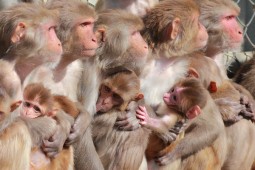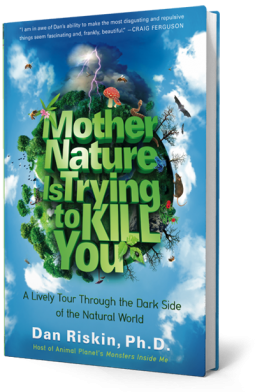 Welcome to the Spring Pledge Drive edition of How On Earth. I’m this quarter’s Executive Producer, Jim Pullen.
Welcome to the Spring Pledge Drive edition of How On Earth. I’m this quarter’s Executive Producer, Jim Pullen.
We, the How On Earth team, encourage you to take a different take on the world, to examine assumptions, ideas and evidence critically. The great philosopher of science Karl Popper, a champion of the essential role of refutation in science, wrote in The Poverty of Historicism,
For if we are uncritical, we shall always find what we want: we shall look for, and find confirmations, and we shall look away from and not see, whatever might be dangerous to our pet theories.
Consider our relationship with the rest of the natural world… Do we humans have a special vitality that sets us apart or can we be best understood as just another smart ape? It’s an essential question. In our feature interview, our guest scientist, bat biologist and Animal Planet host Dan Riskin, challenges us to reconsider–humorously, disgustingly, creepily, scarily–our perceptions of nature. Dan fields questions like, what’s wrong with ‘natural’ marketing? Are killer whales cuddly? Should we feel sympathy for bed bugs? Is a father’s love the same for humans as for water buffaloes? How we can acknowledge nature in its rich complexity and have a just and loving world beyond the grip of natural selection? All this and botfly on the brain.
Dan got me thinking–a good thing–and I think he’ll get you thinking too!
Your support during KGNU’s pledge drives is critical to keeping us on the air, so a huge thanks to our listener-members who pledged during the drive! If you haven’t yet joined the team, now(!) is the right time to fortify The Show That Makes You Smarter and community radio, KGNU! Pledge securely online at kgnu.org or call 303-449-4885. Pick up one of our great science book thank-you gifts, too.
Many thanks to Beth Bartel, Maeve Conran, and Joel Parker for hosting the pledge drive show! (Go here for the pledge show with the rich banter.)
Thanks again!
Jim and the How On Earth team
Listen to my interview with Dan Riskin:
Podcast: Play in new window | Download (Duration: 14:10 — 6.5MB)
Subscribe: RSS

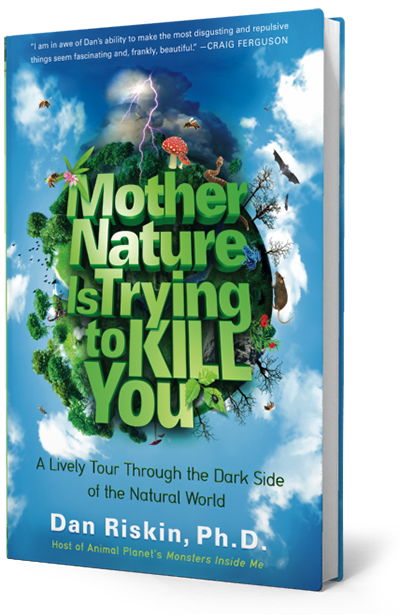





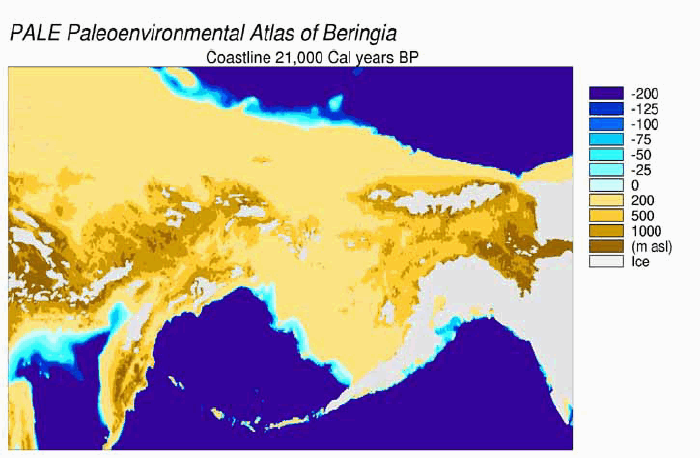

 Her quest to learn whether dolphins have language, and to learn that language, is notable for its longevity. But her relationship with them is remarkably respectful, too. We last
Her quest to learn whether dolphins have language, and to learn that language, is notable for its longevity. But her relationship with them is remarkably respectful, too. We last  The Ogallala Road (start time 15:15). We often hear about how the Colorado River is running dry. The Western states that rely on its flowing water are struggling to reckon with how its depleting reservoirs will satiate growing populations. You’ve probably seen images of the white “bathrub rings” at Lake Powell and Lake Mead that expose the water line rings of years ago. But there’s an equally dramatic and dangerous drop in an invisible source of water. That’s the
The Ogallala Road (start time 15:15). We often hear about how the Colorado River is running dry. The Western states that rely on its flowing water are struggling to reckon with how its depleting reservoirs will satiate growing populations. You’ve probably seen images of the white “bathrub rings” at Lake Powell and Lake Mead that expose the water line rings of years ago. But there’s an equally dramatic and dangerous drop in an invisible source of water. That’s the 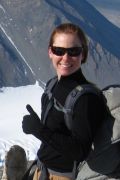

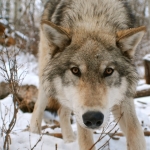 Haven for Captive Wolves (start time 14:25)
Haven for Captive Wolves (start time 14:25)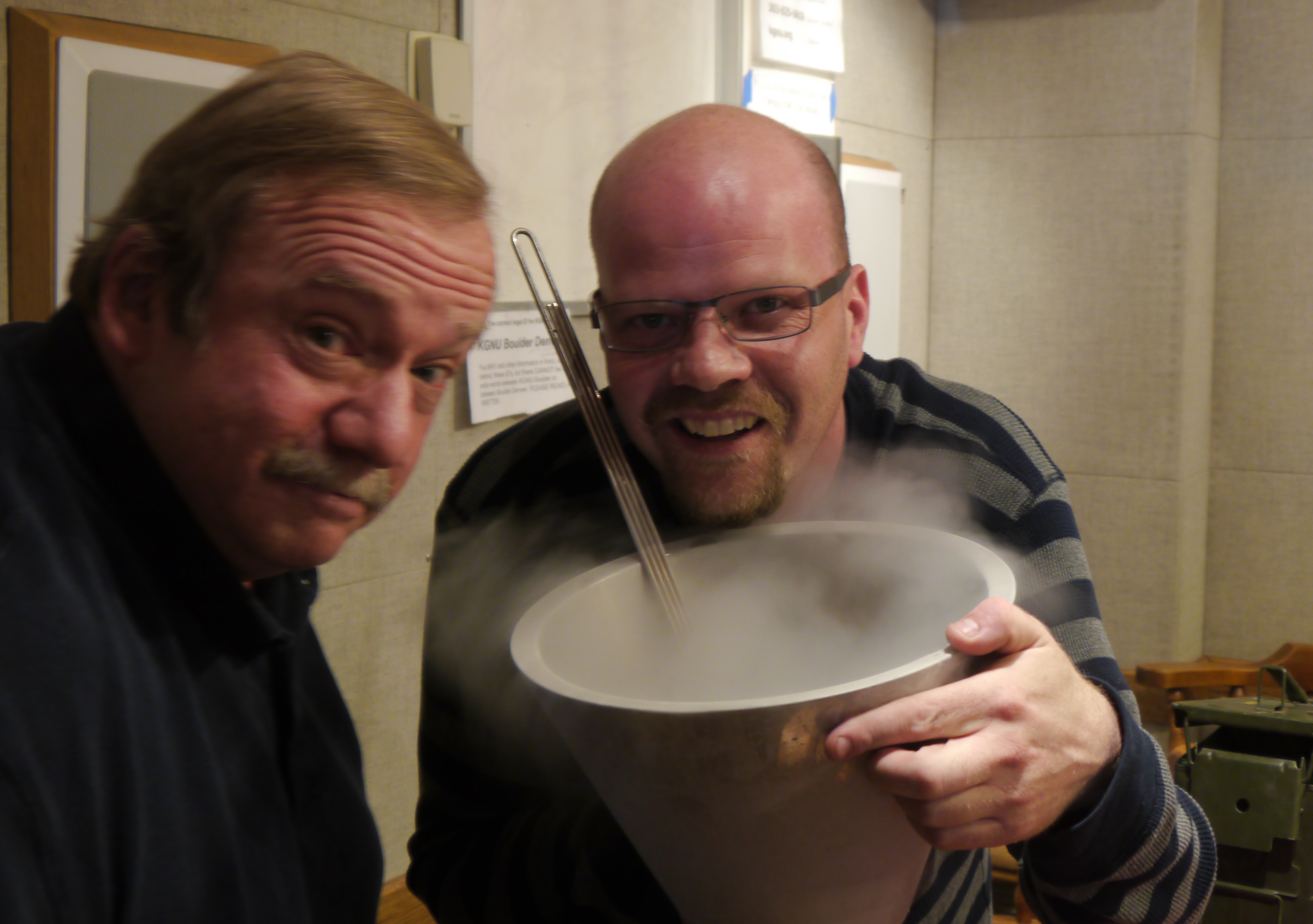
 Welcome to a special
Welcome to a special 
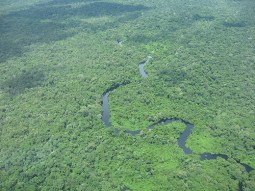 Amazon CO2 (start time 04:37) The Amazon basin contains the largest tropical rainforest on the planet. It’s been critical not only for its beauty and biodiversity but also for its ability to store more carbon dioxide than it emits. The soil and above-ground biomass of the Amazon makes it one of the largest reservoirs of carbon dioxide. And that has helped to keep climate change from accelerating even faster. But a new
Amazon CO2 (start time 04:37) The Amazon basin contains the largest tropical rainforest on the planet. It’s been critical not only for its beauty and biodiversity but also for its ability to store more carbon dioxide than it emits. The soil and above-ground biomass of the Amazon makes it one of the largest reservoirs of carbon dioxide. And that has helped to keep climate change from accelerating even faster. But a new 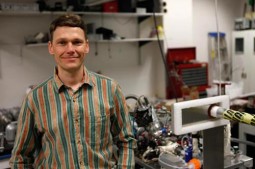 Power Plant Smokestacks (start time 14:43) To understand the global greenhouse gas budgets, it’s critical to characterize their sources and sinks. Electrical power generation accounts for about a
Power Plant Smokestacks (start time 14:43) To understand the global greenhouse gas budgets, it’s critical to characterize their sources and sinks. Electrical power generation accounts for about a 
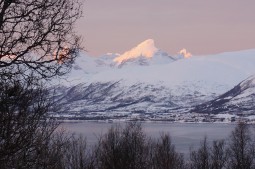

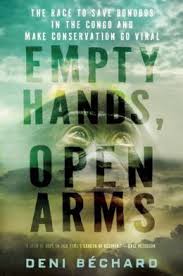 Bonobo Conservation Success: (start time: 16:11) Author
Bonobo Conservation Success: (start time: 16:11) Author 

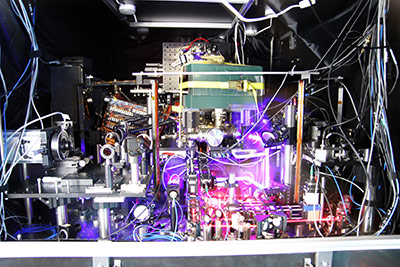 Strontium Clock (start time 14:10) We’ve got a full-house of physicists in the studio today to help us understand the new
Strontium Clock (start time 14:10) We’ve got a full-house of physicists in the studio today to help us understand the new 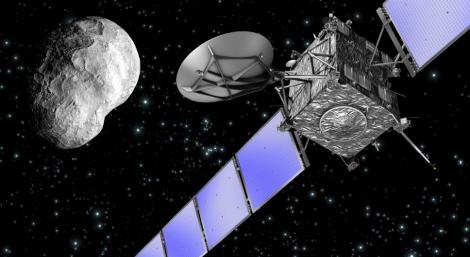



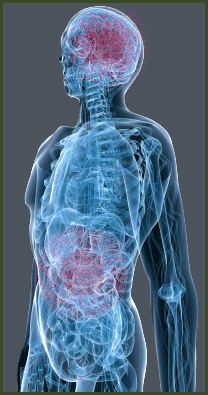
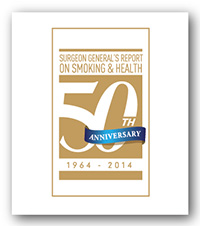
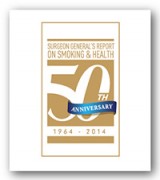 Quitting smoking (start time 4:39) 50 years ago, the U.S. Surgeon General began a
Quitting smoking (start time 4:39) 50 years ago, the U.S. Surgeon General began a 